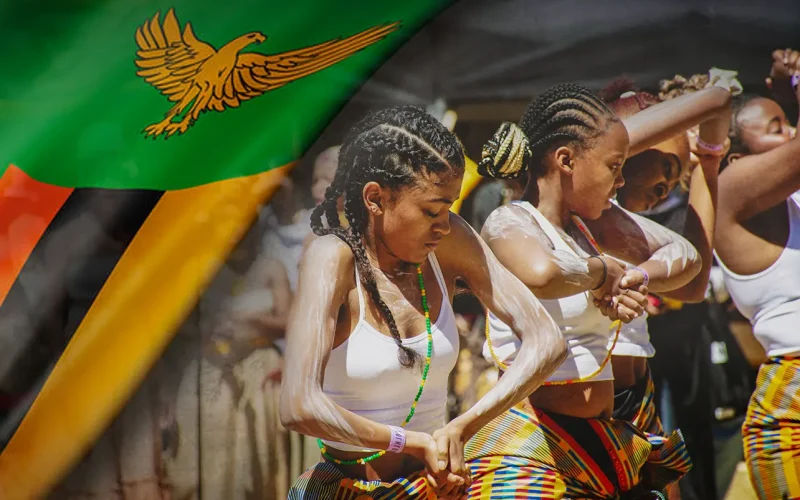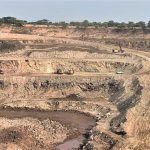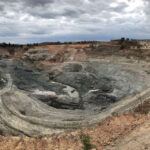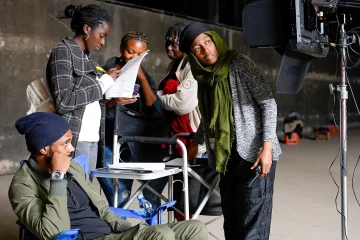ZAMBIA’S recent unveiling of a National Arts and Revised Film Policy is evidence of the growing interest in increasing investment and fostering the growth of the arts and creative sector.
Besides committing to invest close to US$100 million in the arts and film sector between 2024 and 2028, the policy commits to improving artists’ welfare in a bid to promote talent by leveraging public-private partnerships.
Munya Chidzonga, a Harare-based filmmaker and actor, believes the new policy “will certainly add value to the fiscus but, more importantly, to culture, and the preservation of national heritage.”
Just like in many countries on the continent, the arts and creative sector economy in Zambia has been on a growth trajectory.
According to the latest economic data from the Zambia Statistics Agency, the country’s statistics agency, the arts, entertainment and recreation sectors were some of the sub-sectors that fueled the country’s GDP growth to 5.8% from the 5.2% the agency reported in 2022.
The statistics by Zamstats show the arts, entertainment and recreation sectors had some of the highest growth rates, rising by close to 40% in 2023.
This sector is providing a much-needed alternative economic growth avenue away from the dominant mining sector, which contributes up to 20% to the economy.
Notably, declining copper production, a cornerstone of the mining sector, has adversely impacted the economy, with copper volumes plummeting year after year.
According to Mining Technology, a mining news platform, Zambia’s copper production dropped by 4.5% in 2021 and by a further 14% in 2022.
Latest figures from the Zambia Chamber of Mines show that last year, copper volumes sank further to 698,000 from 763,000 tonnes recorded the previous year.
The repercussions of this decline have been profound, with Zamstats data showing income from the mining sector (metal ores) dropped by close to 7% compared to the previous year. This is impactful, especially after Zambia became the first African nation to default on a US$42.5 million Eurobond in 2020, leading to a significant downgrade of its credit rating, making it difficult to acquire alternative funding.
Despite recent debt restructuring efforts under the G20 Common Framework expected to ease the situation, there’s a pressing need to explore alternative opportunities that can be leveraged to boost the economy.
The creative industry is emerging as a key focal point for stakeholders seeking to revitalize the economy.
Already, there has been interesting growth in the creative space in the country, whether in the arts, film or the broader digital economy.
Last year, for instance, Zambia made its first-ever Netflix debut with the ‘Can You See’ film, a coming-of-age film about albinism that streamed on Netflix for the first time in August 2023.
Earlier in June, Zambia also hit headlines when Supa Team 4, an animated series set in the futuristic city of Lusaka, made its Netflix debut, making it the first animated series to be written and produced in Africa.
There are also vital improvements being witnessed in other supportive sectors, such as the internet and telecommunications sector, which could also drive further the growth of the creative industry in Zambia.
Notably, Elon Musk’s Starlink, a low-earth-orbit, low-latency, high-speed internet, launched in the country in October 2023, guaranteeing download speeds between 25 and 220 Mbps. According to the Starlink website, a majority of users experience speeds over 100 Mbps.
The Starlink satellite internet service is now available in close to 10 countries, including Nigeria, Kenya, Rwanda, Malawi, Mozambique, Eswatini and Benin. More rollouts are expected in Lesotho, the DRC, Namibia, Zimbabwe and Angola by the end of 2024.
Eutelsat’s OneWeb, another emerging broadband satellite internet service, is making inroads in several countries, including Zambia. The British provider, together with its distribution partner in Africa, the Paratus Group, rolled out operations in South Africa in January, signalling future rollouts in 37 targeted markets across Africa.
Beyond satellite internet adoption, Zambia’s broader internet space has been on the rise in recent years.
According to GSMA Intelligence, Zambia’s Mobile Connectivity Index score increased from 21 in 2014 to 41 in 2021, making it the most improved country in Africa over this period. GSMA attributes this to improvements in infrastructure as well as affordability.
Useful links:












